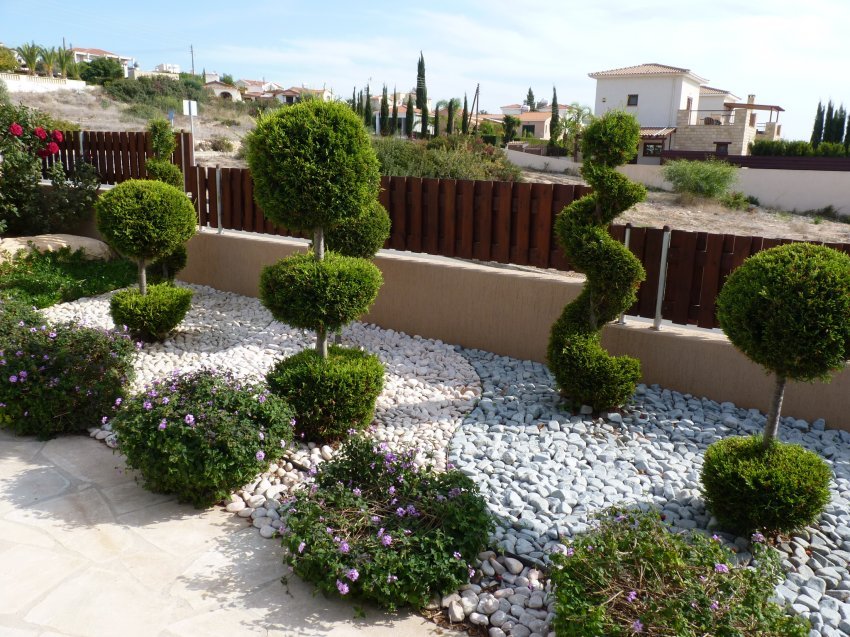Creating a pollinator garden on a 15-acre homestead is a rewarding venture that not only enhances the beauty of your land but also supports vital ecosystems. By designing such a space, homesteaders can provide a haven for bees, butterflies, and other pollinators, which are crucial for plant reproduction and biodiversity. This article will delve into the steps needed to establish a thriving pollinator garden and the benefits it brings to your homestead.

Understanding the Importance of Pollinators
Pollinators are essential to our environment. They help plants reproduce by transferring pollen from one flower to another, leading to the production of fruits and seeds. Without them, many of the crops and plants we rely on would struggle to survive. In a 15-acre homestead, cultivating a garden that attracts these creatures can significantly boost the health of your land.
Types of Pollinators
There are various types of pollinators that you might attract to your garden. These include bees, butterflies, hummingbirds, and even some species of bats. Each plays a unique role in the pollination process. Understanding their preferences and behaviors will help you create a garden that meets their needs.
Planning Your Pollinator Garden
Designing a pollinator garden involves careful planning and consideration of several factors. From choosing the right plants to deciding on the garden’s layout, each decision impacts the success of your garden.
Choosing the Right Plants
Select plants that are known to attract pollinators. Native plants are often the best choice as they are adapted to the local climate and soil conditions. Consider a mix of flowers that bloom at different times of the year to provide a continuous source of nectar and pollen.
Garden Layout and Design
An effective garden layout is crucial. Incorporate a variety of plant heights and structures to create a diverse environment. Group similar plants together to make it easier for pollinators to find and access them.
Implementing Your Garden Plan
Once your plan is in place, it’s time to start planting. Prepare the soil by testing its pH and nutrient levels, and amend it as necessary. Use sustainable mulching techniques to retain moisture and suppress weeds.
Planting Techniques
Space your plants according to their mature size to prevent overcrowding. This allows sufficient airflow and sunlight, which are crucial for healthy growth. Water your plants deeply but infrequently to encourage deep root development.
Maintaining Your Garden
Regular maintenance is key to a thriving pollinator garden. Monitor your plants for pests and diseases. Implement integrated pest management strategies to control harmful insects without harming beneficial ones.
Benefits of a Pollinator Garden
A pollinator garden offers numerous benefits beyond supporting biodiversity. It can enhance the aesthetic appeal of your homestead, increase crop yields, and even improve the overall health of your environment.
Boosting Biodiversity
By attracting a wide range of pollinators, your garden contributes to a more diverse ecosystem. This diversity helps stabilize the environment and supports a greater variety of plant and animal life.
Increasing Crop Yields
Pollinators play a critical role in the production of many fruits and vegetables. By ensuring their presence on your homestead, you can enjoy bountiful harvests and a more sustainable food supply.
Challenges and Solutions
Creating and maintaining a pollinator garden can come with challenges, such as pest control and environmental changes. However, with the right strategies, these hurdles can be overcome.
Dealing with Pests
While some insects are beneficial, others can harm your plants. Use natural methods and farm planning ideas to manage pest populations effectively.
Adapting to Climate Change
Climate change affects the availability of resources for pollinators. Stay informed about environmental changes and adjust your gardening practices accordingly to ensure your garden remains a haven for pollinators.
Conclusion
A pollinator garden is a valuable addition to any 15-acre homestead. It supports the environment, enhances the beauty of your land, and contributes to a sustainable lifestyle. By following the steps outlined in this article, you can create a thriving pollinator sanctuary that benefits both your homestead and the planet.

FAQ
What types of plants are best for pollinator gardens?
Native plants are ideal as they are adapted to local conditions. Consider a mix of flowering plants that bloom at different times of the year.
How can I maintain my pollinator garden?
Regular maintenance includes monitoring for pests, using sustainable practices like mulching, and ensuring plants have enough water and nutrients.
Why are pollinator gardens important?
Pollinator gardens support biodiversity, enhance crop yields, and contribute to a healthier ecosystem.





